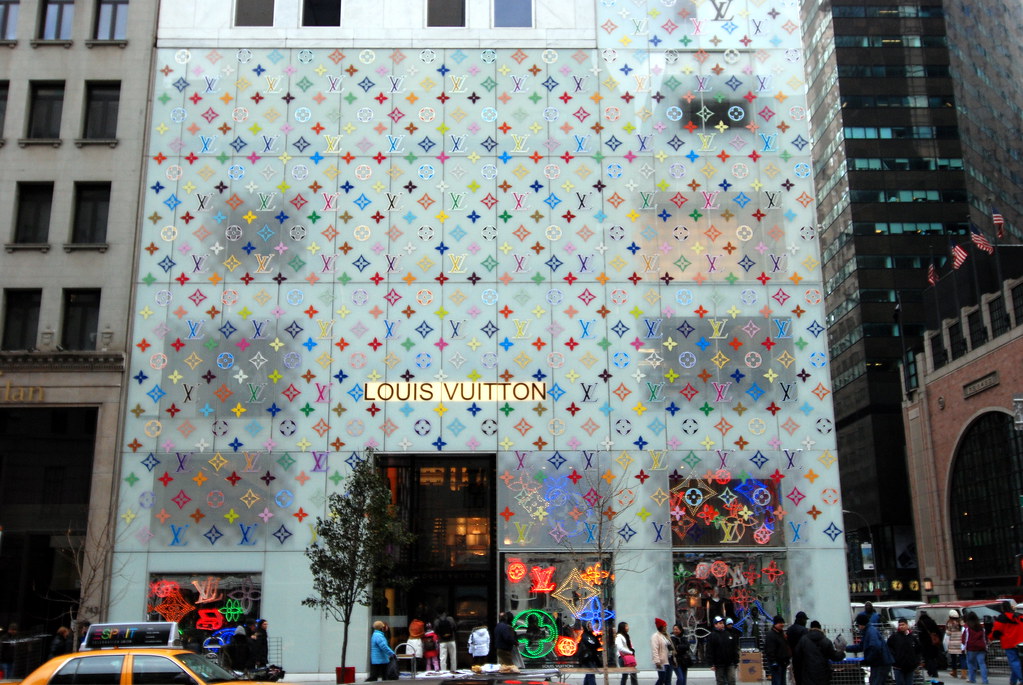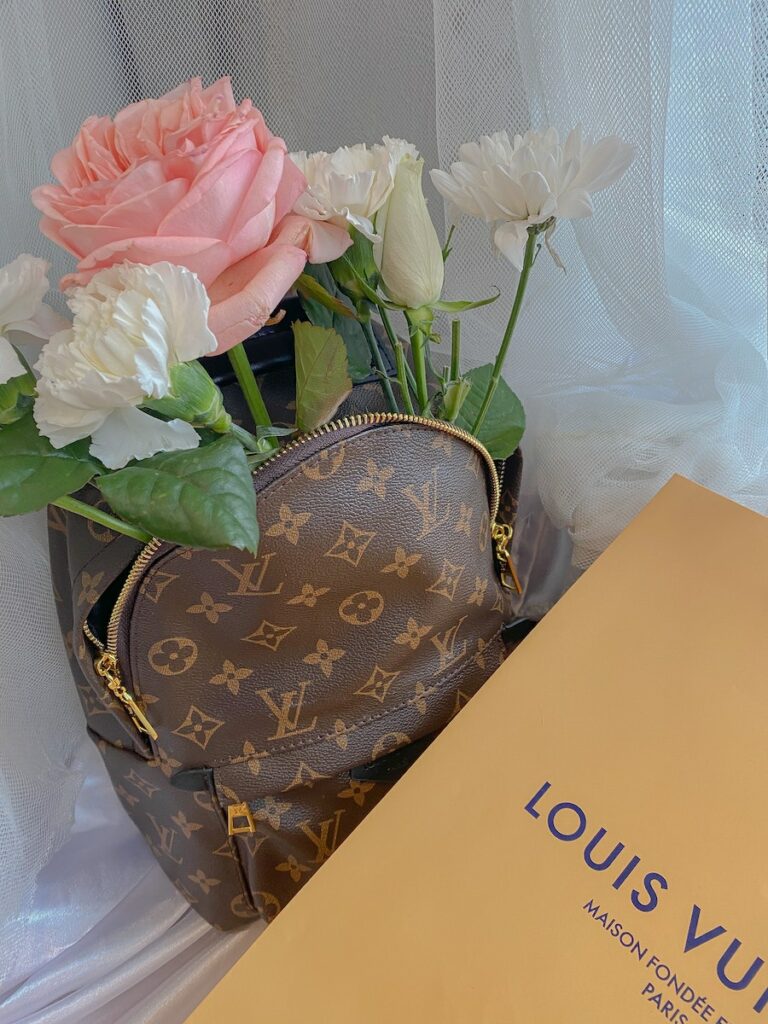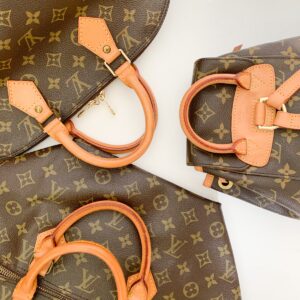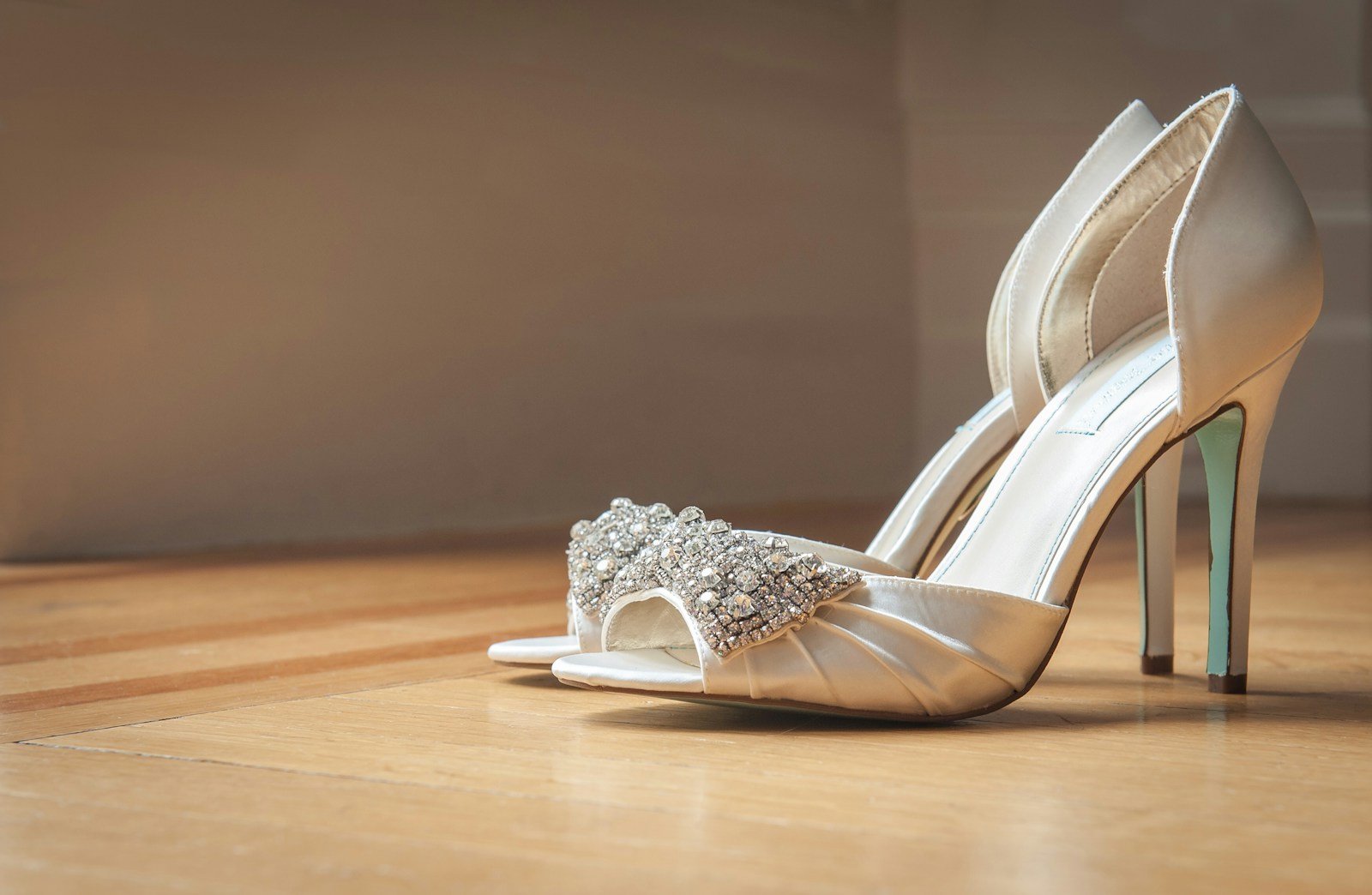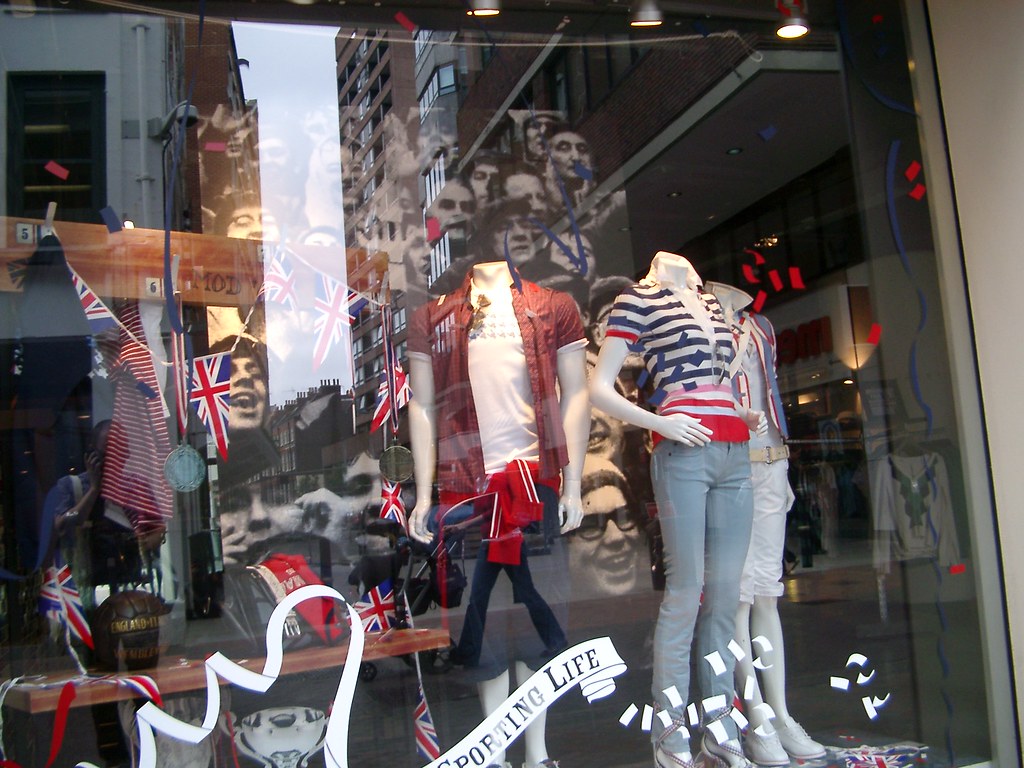When you think of high fashion, luxury, and sophistication, Louis Vuitton likely comes to mind. But what makes Louis Vuitton one of the most sought-after brands in the world? Is Louis Vuitton a designer brand? The answer is clear: Yes. This French powerhouse has been setting trends in the fashion industry since its inception.
Founded by Monsieur Louis Vuitton himself back in 1854, this luxury brand began as a luggage company known for its innovative flat-top trunks. Over time, under the creative direction of successors like Georges Vuitton, and later designers such as Marc Jacobs, it has evolved into a full-scale fashion empire spanning clothing, shoes, accessories, perfumes, and even books via its ‘Louis Vuitton City Guide’ series.
Today’s Louis Vuitton is much more than just a label; it’s an embodiment of style and status. With iconic products such as the ‘Louis Vuitton Speedy Bag’ or signature patterns like the LV Monogram and Damier Graphite Canvas that are instantly recognized worldwide, this valuable luxury brand continues to shape global fashion trends while staying true to its roots in craftsmanship and quality.
Understanding the Concept of Designer Brands
Louis Vuitton is not just a designer brand; it’s one of the most valuable luxury brands in the world. Founded in 1854 by Louis Vuitton himself, this French fashion house has been synonymous with style and quality for over a century.
Louis Vuitton began as a small workshop producing high-quality trunks and luggage. Over time, it grew into an iconic label known for its innovative design and exceptional craftsmanship. The LV monogram, which adorns many products from the brand including their classic canvas bags, has become one of the most recognized symbols in luxury fashion.
The company introduced several unique features that set them apart early on. One example is their waterproof canvas which they used to make travel trunks more durable and practical – this was revolutionary at the time! They also developed various signature patterns such as Damier Graphite Canvas and Monogram Multicolore Canvas range that are still popular today.
Innovation didn’t stop there! Under Marc Jacobs’ creative direction (1997-2013), Louis Vuitton expanded beyond leather goods into ready-to-wear clothing, shoes, accessories and even jewelry – becoming a full-fledged luxury brand. Following Jacobs, Nicolas Ghesquière took over as creative director continuing to push boundaries while maintaining respect for the brand’s long history.
Here are some key facts about Louis Vuitton:
- Georges Vuitton, son of founder Louis Vuitton collaborated with famous artists like Takashi Murakami.
- In 2001: The Marc Jacobs-designed collaboration with Stephen Sprouse saw classic LV monogram bags splashed with graffiti reading ‘Louis Vuitton’.
- In 2012: Yayoi Kusama’s collection featured her signature polka dots over classic monograms.
This continuous innovation combined with their commitment to quality makes Louis Vuitton undoubtedly a designer brand par excellence!
As part of your understanding of designer brands like Louis Vuitton, it’s also important to realize how these labels create demand through exclusivity – from limited edition collections to personalized bespoke pieces. Not everyone can afford an item from these brands which adds to their allure and prestige.
So yes, not only is Louis Vuitton a designer brand but it’s also one that continues to shape global fashion trends while remaining true to its heritage – making it truly timeless!
The Legacy of Louis Vuitton: A Brief History
Let’s delve into the rich history of Louis Vuitton, one of the world’s most iconic luxury brands. It all started back in 1854 when Louis Vuitton, a French box-maker and packer, founded his namesake company. You might wonder, “is Louis Vuitton a designer brand?” Well, it definitely is! In fact, it’s renowned for its timeless design pieces that transcend generations.
The first Louis Vuitton building opened its doors in Paris on Rue Neuve des Capucines. Here, they sold flat-topped trunks made from Trianon canvas – quite different from today’s widely recognized LV monogram. These trunks were revolutionary at their time due to their ease of stackability compared to traditional rounded-top luggage pieces.
Fast forward to 1896; George Vuitton, Louis’ son, introduces the iconic LV monogram as an homage to his father who died in 1892. This marked a significant turning point for the brand and established its status as a global symbol for luxury.
From this point onwards, the Louis Vuitton company introduced several groundbreaking products including:
- The Steamer bag: A smaller piece meant to be kept inside Vuitton luggage trunks
- The Keepall bag: A lighter overnight travel bag
- The Noé bag: Originally designed to transport five bottles of champagne
In later years under Marc Jacobs’ creative direction (1997 – 2014), collaborations with artists like Stephen Sprouse and Takashi Murakami brought contemporary art into the brand’s classic designs—such as graffiti reading “Louis Vuitton” or colorful variations of the LV Monogram on bags.
Today, you’ll find everything from high-fashion clothing and accessories to perfumes and watches under the Louis Vuitton label. Their signature products include items such as the Speedy Bag and Neverfull Tote—each carrying unique elements from various eras across their long-standing history.
Understandably so, Louis Vuitton brand has become synonymous with elegance and quality over its more than 160-year history—holding strong during periods of economic downturns and changing fashion trends. In fact, according to Forbes 2021 ranking list,Louis Vuitton emerged as one of the top ten most valuable luxury brands in the world, boasting a staggering $47 billion dollar brand value.
So next time you spot an iconic handbag or stumble upon an Espace Louis-Vutton City Guide remember not only are you engaging with one of today’s leading brands but also becoming part of a historic legacy that has shaped fashion industry standards around globe.
Little Book of Louis Vuitton is the pocket-sized and fully illustrated story of one of the world's most luxurious fashion houses.
Louis Vuitton's monogrammed bags have been seen on the arms of celebrities and royals alike for over 150 years. From the young Louis seeking his fortune in Paris through to two world wars, the Great Depression, the Jazz Age and the Swinging Sixties, there is no era in which this most opulent of brands hasn't thrived.
Detailing the global expansion of Louis Vuitton in the 1980s, the creation of the powerful fashion conglomerate LVMH, and the appointment in 1997 of Marc Jacobs, this is the story of a transformation from luggage company to high-fashion label. Louis Vuitton's continued evolution under the creative direction of Nicolas Ghesquière and Virgil Abloh is also depicted through fabulous images and captivating text.
What Makes Louis Vuitton a Top-Tier Designer Brand?
When you ask, “Is Louis Vuitton a designer brand?”, the answer is an emphatic yes. But what sets Louis Vuitton apart from other luxury brands in the world? Here’s why it stands as one of the most valuable luxury brands today.
Firstly, it’s all about history and heritage. Founded by Louis Vuitton himself back in 1854, the Louis Vuitton company has been synonymous with stylish travel since its inception. The brand started with innovative stackable trunks that revolutionized luggage and has evolved into a complete luxury lifestyle brand. From their signature LV monogram to collaborations with famed designers like Marc Jacobs, the label consistently fuses tradition with innovation.
Craftsmanship is another hallmark of this esteemed brand. Each Louis Vuitton bag, from classics like the Speedy to newer models such as those introduced by Kim Jones, showcases meticulous attention to detail and superior quality materials. Whether it’s leather goods or ready-to-wear items, each piece reflects an enduring commitment to fine craftsmanship.
The next factor lies within exclusivity. A cornerstone of any top-tier designer label is its ability to create desire through limited availability. Scarcity increases demand and allows for premium pricing – something that Louis Vuitton excels at maintaining across all product lines.
Lastly, let’s discuss branding and marketing strategies which have played pivotal roles in establishing Louis Vuitton as a global powerhouse among luxury brands. Through strategic celebrity endorsements (brand ambassadors), iconic advertising campaigns showcasing their products worldwide corporation status reflects how effectively they’ve built and sustained their image over time.
Criticisms and Controversies Surrounding Louis Vuitton
Despite being one of the most valuable luxury brands worldwide, Louis Vuitton hasn’t been immune to criticisms and controversies. This section delves into some issues that have surrounded the brand over time.
One major criticism against Louis Vuitton is its high price tag. With a simple Louis Vuitton bag costing upwards from $1,000, critics argue that the brand has become synonymous with conspicuous consumption and is out of reach for many consumers. While it’s true that Louis Vuitton is a designer brand targeting affluent customers, some say this exclusivity creates social division.
Another controversial aspect associated with Louis Vuitton is its approach towards protecting its trademark LV monogram. The company had several legal battles against companies allegedly infringing on their logo design or selling knock-off versions of their products. These lawsuits have drawn both support and criticism; while it’s crucial for any business to protect its intellectual property rights, some observers argue that Louis Vuitton’s aggressive strategy could stifle creativity in fashion design.
In addition to these criticisms, collaborations between Marc Jacobs, former creative director at Louis Vuitton, and artists such as Takashi Murakami introduced colorful alterations to the classic monogram canvas pattern which were met with mixed reactions from traditional fans who valued the iconic brown leather goods more.
Furthermore, there have been instances where certain designs by the luxury brand sparked controversy due to cultural insensitivity. For example, a collection inspired by Jamaican colors was criticized because it showcased incorrect colors – an error attributed to lack of research about the culture they intended to celebrate.
Finally, like many luxury brands in the world today, Louis Vuitton faces occasional backlash concerning sustainability practices around production and waste generation. Despite attempts made by Georges Vuitton (founder’s son) in implementing eco-friendly materials like Epi leather line in handbags production; environmentalists continue calling for greater transparency regarding sourcing materials used in manufacturing these iconic bags.
To summarize:
- High price tags associated with products
- Aggressive defense of trademark
- Mixed reactions towards collaboration designs
- Cultural insensitivity claims
- Sustainability concerns
While these controversies may impact perceptions about Louis Vuitton, it’s important to also consider steps taken by the brand towards addressing them – such as introducing more sustainable materials into production processes or engaging cultural consultants when designing collections inspired by various cultures across globe.
Final Thoughts: Is Louis Vuitton a Designer Brand?
In conclusion, Louis Vuitton is indeed a top-tier designer brand. This is evident from its rich history dating back to 1854, its commitment to innovation and quality, and its continuous influence on global fashion trends. The company’s legacy of craftsmanship, distinctive styles, and collaboration with renowned artists continues to set it apart as a leader in luxury fashion. Like any successful international brand, Louis Vuitton has its share of controversies and criticisms.
However, it has consistently demonstrated an ability to adapt and evolve, maintaining respect for its heritage while responding to changing consumer tastes and societal trends. Despite intense competition, Louis Vuitton continues to thrive as one of the most valuable luxury brands in the world today, with its timeless appeal resonating with consumers across different generations and geographies.
Other suggested articles:
